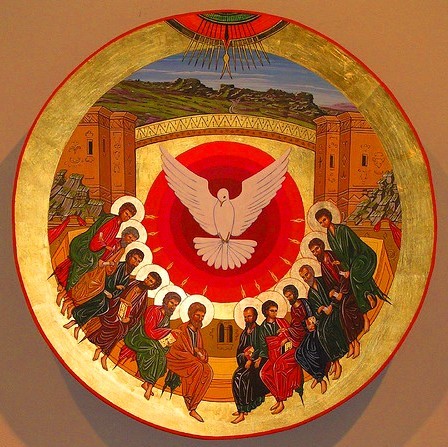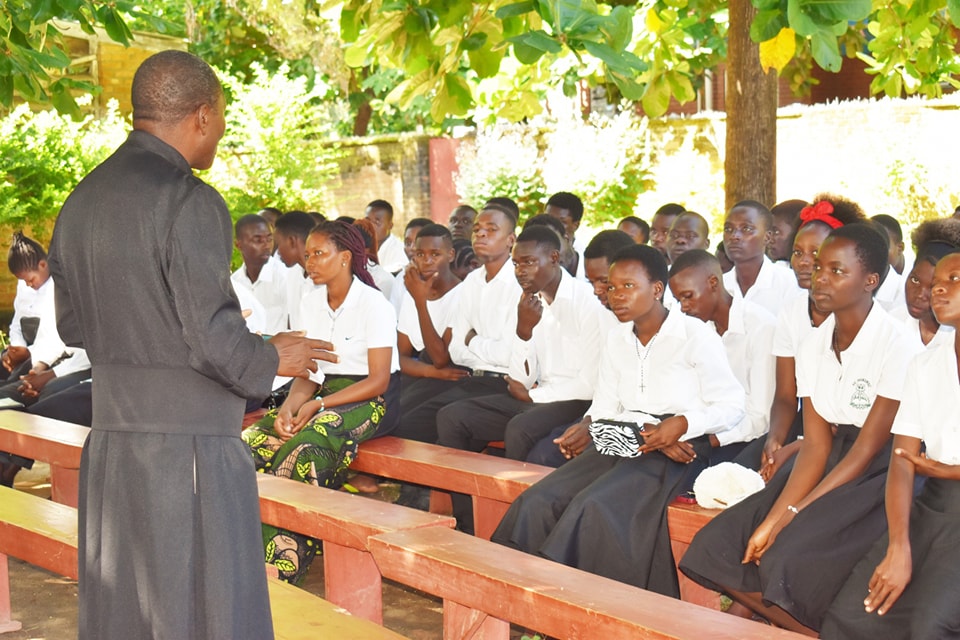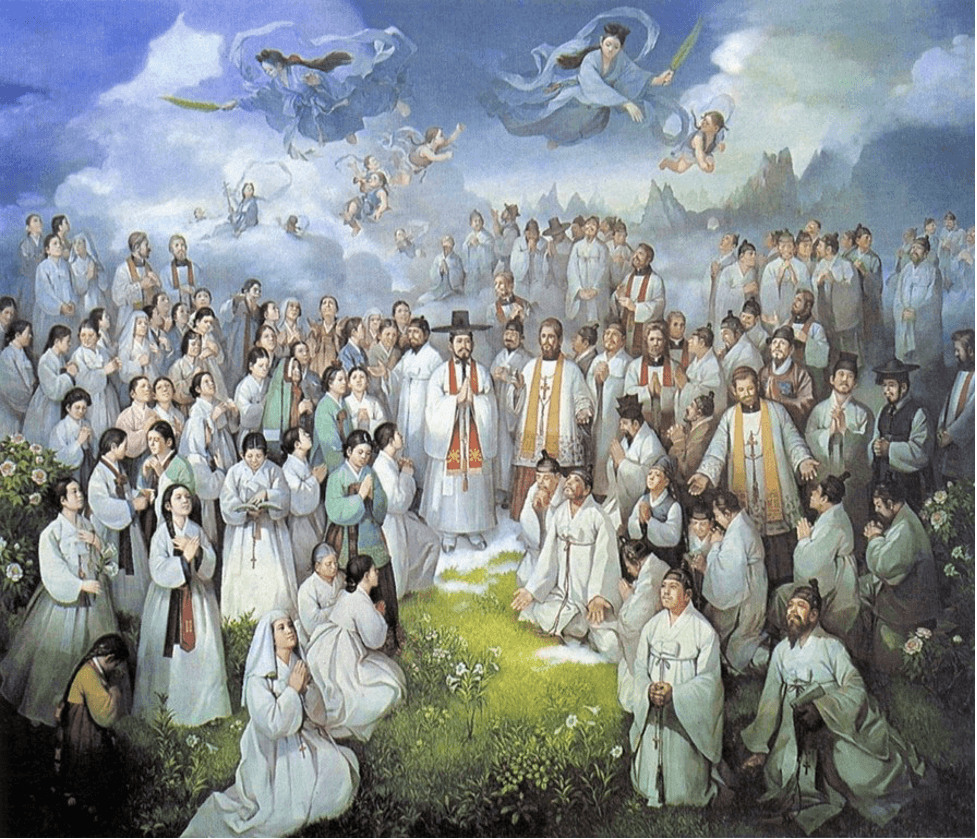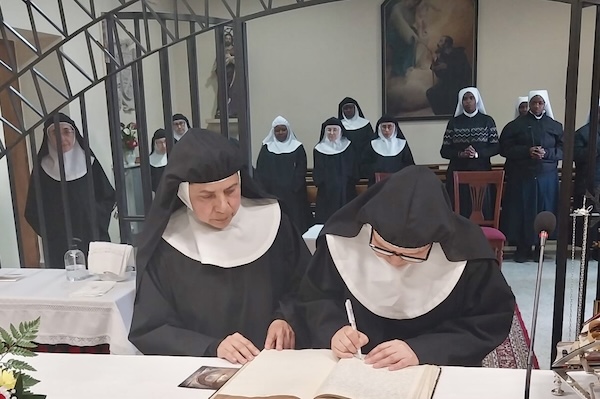– Don Enrico Finotti
The “Novena of the Holy Spirit” was once celebrated with great participation. In addition to the daily Mass with a short homily, could we offer some more typical forms that most characterize the days of preparation for Pentecost?
The liturgical reform has certainly enriched Pentecost on the ritual level and in particular by assuming, what the people of God had already done for centuries, the novena of the Holy Spirit. It officially enters the liturgy of the daily liturgies that exist between the Ascension and Pentecost, coloring each element both in the Mass as in the Divine Office. That intense prayer, which Mary and the disciples carried out in the cenacle in the days that followed the Ascension of th
e Lord, today officially entered the Church’s liturgy and offers the Christian people a great biblical, patristic and eucological richness. We can recognize in this the fruit of the suffered disappearance of the Octave. In fact, what constituted the content of the days of the Octave was spent in the daily liturgies prior to Pentecost, thus educating souls to an intense, relevant and effective spiritual preparation for the great solemnity. The singing of the classic hymns of the Office (think of the Veni Creator) they find themselves in their place as much as they can consistently fulfill their own function: invoke the descent of the Holy Spirit. This is a typical case of how the intuition of faith of the Christian people not rarely precedes the same official choices of the Church, both in the maturation of the dogma, as in the determination of the liturgical rites. This is recognized by the Church itself which states in the Directory on Popular Piety and Liturgy: “From the prayerful reflection on this saving event the pious exercise of the Pentecost novena arose, very widespread among the Christian people.”
These liturgical choices of the Church have certainly opened the way to a more qualified ritual explication in preparation for Pentecost, but there is still a long way to go in view of an ever more adequate composition between the contents of the liturgy and the participatory forms of the people of God. The freedom that the Church currently allows in setting up these daily liturgies in non-festive days, conveniently using abundant liturgical material, offers the opportunity to celebrate, for example, Vespers that can truly strike the attention of the people of God with suitable ritual and symbolic elements to recall the importance of these important liturgies. The composition of Vespers with elements taken from and purified of popular piety could achieve a strongly evocative celebration of the mystery and suitable for bringing the Christian people to a specific and effective preparation for Pentecost. The use of the lucernale and the symbol of the fire that burns in the brazier could give a flavor completely in tune with the mystery of Pentecost and offer a singular characteristic to these solemn vespers that find in the hymn Veni Creator an element of great solemnity and intense invocation by now traditionally shared. It is a question of avoiding two dangers: the absence of any celebration and easy substitution with mediocre, ephemeral and often commercial celebrations of private compositions and therefore extraneous to the liturgical character.
(From Il mio e il vostro sacrificio. Il liturgista risponde, 2018©Chorabooks. Translated by Aurelio Porfiri. Used with permission of the publisher. All rights reserved)


 Follow
Follow


